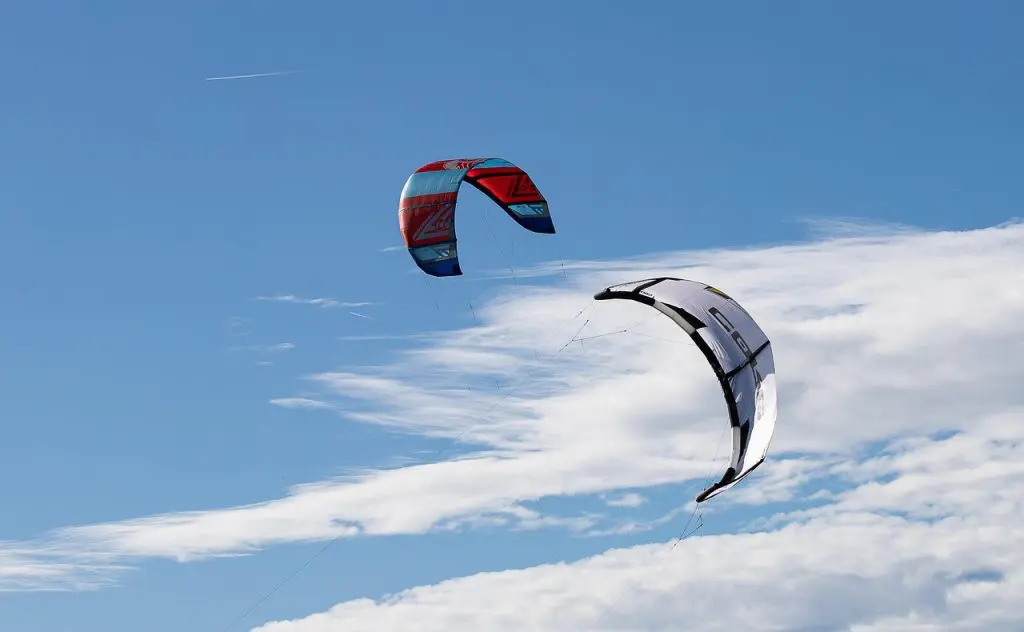
Airborne Wind Energy: How a Dutch Startup Is Harnessing Irish Winds A windswept bogland in County Mayo, Ireland, may soon become the proving ground for a breakthrough in renewable energy. On the outskirts of Bangor Erris, giant kites are being flown not for sport—but to generate clean electricity. The project, led by Dutch company Kitepower, […]
A windswept bogland in County Mayo, Ireland, may soon become the proving ground for a breakthrough in renewable energy. On the outskirts of Bangor Erris, giant kites are being flown not for sport—but to generate clean electricity. The project, led by Dutch company Kitepower, is being hailed as a potential “game changer” in the wind energy sector.
This site is the world’s first designated airborne wind energy test site. Developed with support from Interreg and the European Regional Development Fund—and in partnership with Mayo County Council and German energy company RWE—the project has been operational since September 2023. Its remote, rugged location on Ireland’s west coast provides ideal conditions to push the limits of this emerging technology.
Kitepower, a spin-off from Delft University of Technology in the Netherlands, is behind the initiative. The company specializes in zero-emissions energy solutions—and their innovative approach looks to the sky.
The system operates with a 60-square-metre kite tethered to a long rope wound around a drum, which is connected to a ground-based generator. The kite flies up to 425 meters high, tracing figure-eight patterns through the sky, a manoeuvre guided by GPS-based steering systems and aided by experienced kitesurfers.
As the kite catches the wind and rises, it pulls on the tether, which spins the drum on the ground and generates electricity. After about 45 seconds, the kite levels off, reducing the pull and allowing the tether to retract with minimal energy use. This cycle repeats over and over—creating a net positive energy yield with each round.
This “yo-yo” or pumping motion is not only clever but also efficient. The force generated on the tether can reach between 2.5 to 4 tonnes, and each kite can produce up to 30 kilowatts of electricity per hour. The electricity is stored in an onboard battery system and can be used whenever needed.
Unlike conventional wind turbines, Kitepower’s solution is light, mobile, and minimally invasive. Housed entirely in a 20-foot container, the system requires no heavy foundations or tall towers and can be deployed in less than 24 hours. It works in rain, cloud, and even at night—making it especially versatile.
According to Andrei Luca, Head of Operations at Kitepower, the system is particularly well-suited for powering remote communities, mini-grids, islands, and off-grid locations. “We are like grown-up kids playing with kites and it has never been so much fun,” he joked, adding that their ultimate goal is to bring clean, mobile energy to places traditional infrastructure cannot reach.
So far, testing in Mayo has helped Kitepower fine-tune its system. The results have already launched a pilot project in the Netherlands, where a construction company is using the kite system to power electric trucks and excavators on a civil infrastructure site.
The company is also planning an “array” of multiple kite systems working in tandem to boost output. Offshore deployment is their next big goal, and again, Ireland’s robust wind conditions and supportive research infrastructure make it an ideal candidate for further testing.
Kitepower claims that their airborne system can be twice as efficient as traditional wind turbines because it can access stronger, higher-altitude winds that turbines cannot reach. It’s a claim backed by promising early results, and if the technology succeeds in Ireland’s challenging conditions, it could be viable nearly anywhere in the world.
With growing interest in low-impact, scalable renewable solutions, Kitepower’s system might offer an exciting new path forward—particularly for regions where space, cost, or infrastructure pose barriers to conventional green energy projects.
The kite project in County Mayo represents more than just another wind energy experiment. It’s a glimpse into the future of renewable power—one that is mobile, scalable, and playful in its simplicity. As the global energy sector looks for cleaner, more adaptive solutions, this airborne approach may soon take flight around the world.
By merging cutting-edge science with centuries-old principles of flight, Kitepower is turning the wind into a more accessible and dynamic source of energy. And in doing so, they may just prove that the sky’s not the limit—it’s the opportunity.
At All-Ireland Sustainability, we’re committed to building a greener, fairer island—together. Stay informed on the latest environmental initiatives, community action, and policy developments shaping sustainability across Ireland, North and South.
👉 Sign up for our newsletter today and be the first to hear about upcoming events, expert insights, and ways to get involved.
Whether you’re a seasoned advocate or just starting your journey, new members are always welcome—your voice matters.
Subscribe now and be part of the All-Ireland Sustainability network.